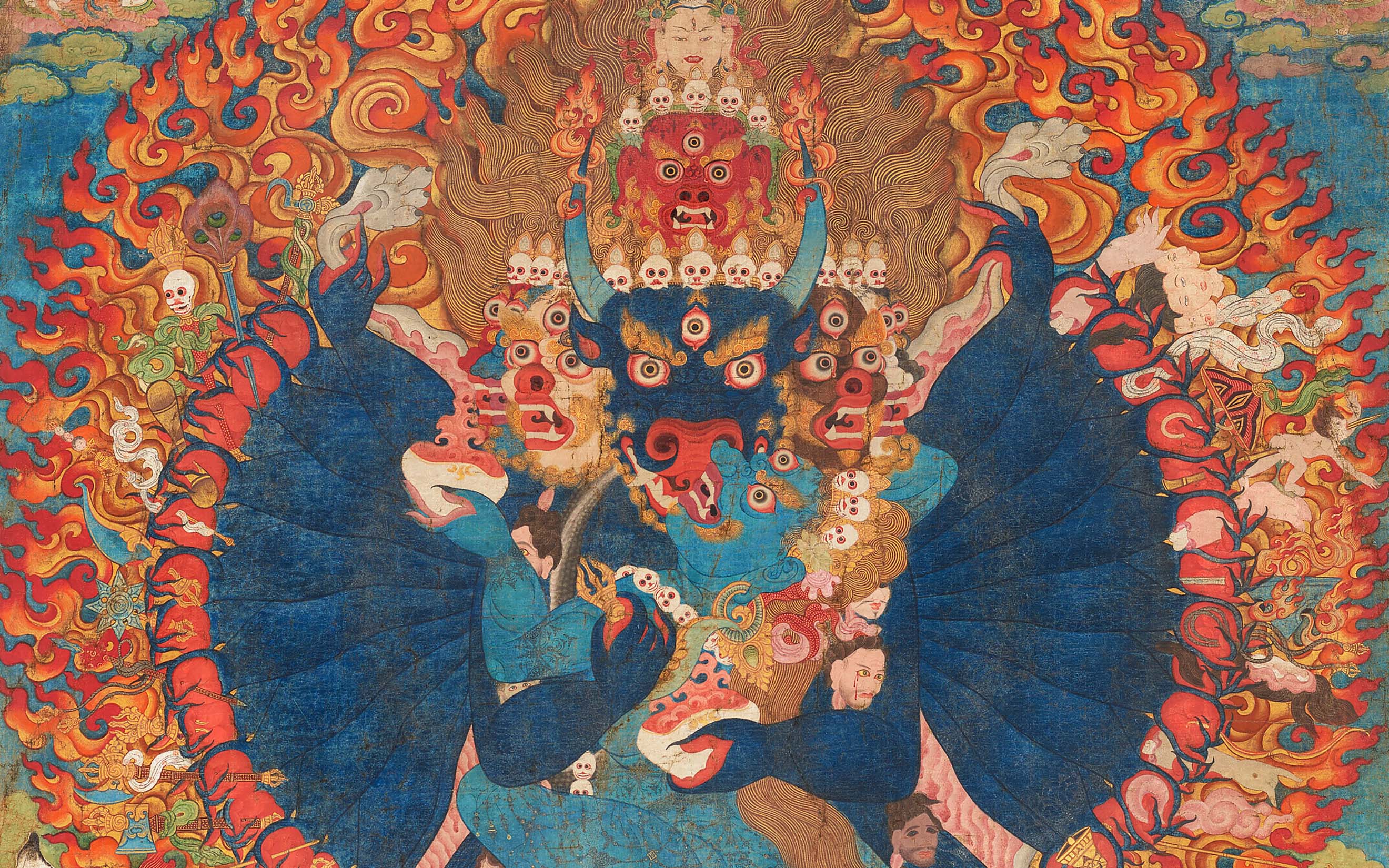Villagers in Southwest China’s Sichuan province inadvertently damaged a set of 1,400-year-old Buddha statues by painting them in bright colors as a way to “redeem a wish to the god.”
These statues, varying in size, were crafted during the Northern Wei Period (386-534) and are located on a secluded mountain in Nanjiang County, in the northeast of the province. This site lies along the Micang Ancient Road, a historic transportation route dating back 3,000 years, as reported by Sichuan Daily. Their location and age make these figures “add more value” in illustrating the spread of Buddhism in Sichuan and adjacent areas in ancient China.
Discovered in 2021, these relics have not been designated as a protected cultural unit. At the time of the incident, local authorities had only managed to construct a protective rain awning and install surveillance equipment at the site. The remoteness of the location made it challenging for authorities to prevent villagers from painting the statues.
Local officials became aware of the villagers’ actions through monitoring devices, but by the time they reached the site, the painting had already been done.
An official told the Sichuan Daily, “It’s too far away and there is little we can do. Those villagers are all in their 70s or 80s. They said they painted the figures to express their thanks to Buddha for answered prayers. For now, all we can do is criticize and educate them.”

Authorities have called in experts to explore methods for removing the paint. These experts have expressed optimism about the possibility of restoring the statues to their original state.
This story sparked widespread debate among Chinese netizens.
One Weibo user expressed dismay towards the heritage protection and commented, “The rock carvings at Shifei River in Nanjiang, which date back to the late Sui Dynasty to early Tang Dynasty, have been painted over by ‘devout’ but ignorant locals, leaving one in tears. The task of cultural heritage protection is indeed arduous and far-reaching.”
Others argued that the villagers should not bear all the blame.
A comment read, “This isn’t the first or second time such an incident has occurred. We can’t solely fault the villagers for their lack of knowledge; there’s a clear deficiency in protective measures and public awareness regarding preservation. Authorities often cite difficulties and resource shortages in response to such incidents. Why not let the public contribute – allow public opinion to drive funding, and use social media to spread awareness and knowledge, instead of trying to hide or downplay these issues?”
Under China’s Cultural Relics Preservation Law, any restoration or renovation work on cultural relics must first receive approval from cultural authorities and be conducted by licensed cultural relic protection engineering firms.
Images via Sina Weibo.

















